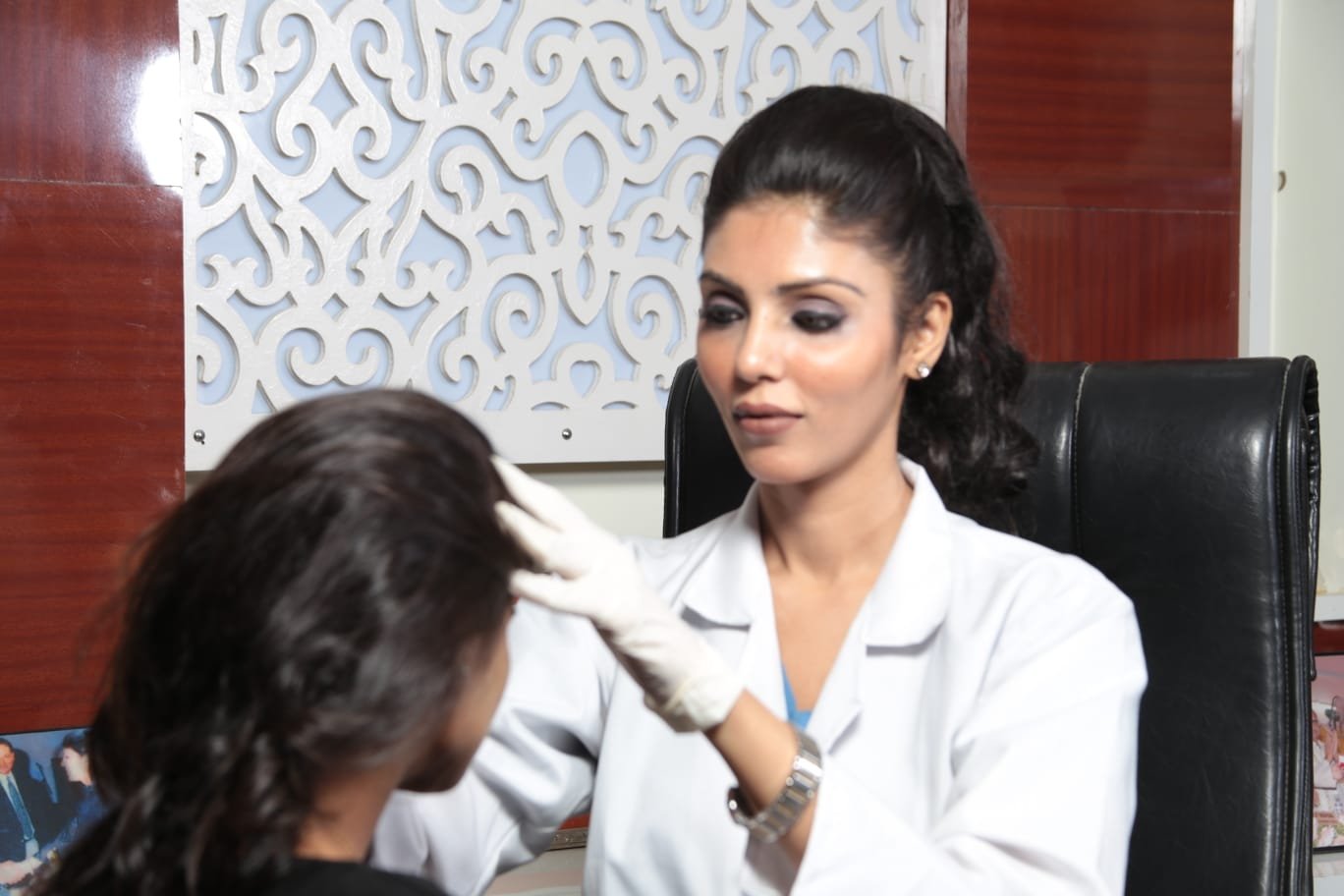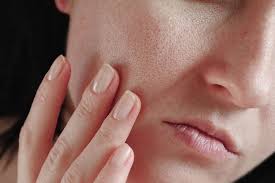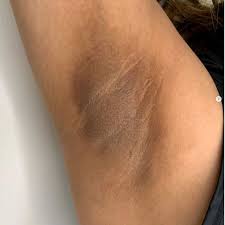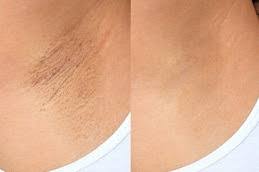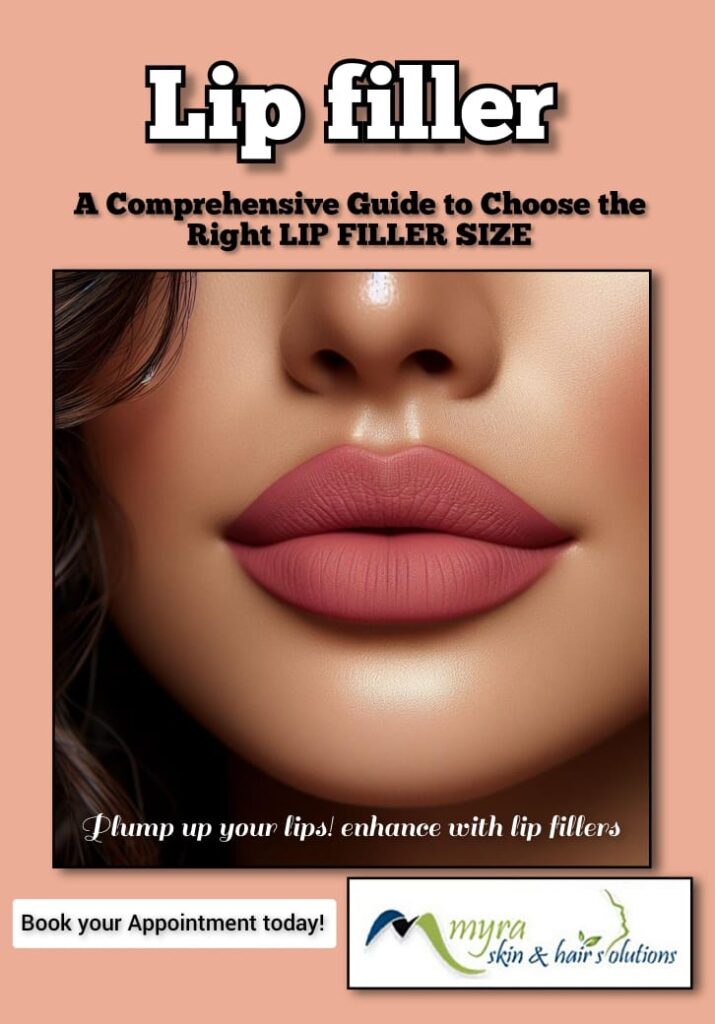
The Impact of the Thyroid on Skin:
The thyroid gland is a tiny organ that resembles a butterfly. It is situated in the neck and is crucial to preserving your well-being. The two most important of its many roles are controlling hormone synthesis and metabolism. It also affects breathing and heart rate, among other body functions. However, few of you may be aware that skin health can also be impacted by thyroid function. Skin problems, ranging from dryness to sudden rashes, are frequently the first obvious symptoms of thyroid dysfunction. We’ll learn how a thyroid imbalance impacts your skin in this blog.
Which two primary forms of thyroid dysfunction exist?
The two types of thyroid dysfunction must be understood before we can comprehend how the thyroid impacts your skin. These are:
When the thyroid gland does not create enough thyroid hormones, the disease known as hypothyroidism results. As a result, the body’s metabolic activities slow down. In addition to the skin problems we will talk about later, hypothyroidism can lead to weight gain and exhaustion.
As you might expect, hyperthyroidism is brought on by the thyroid gland producing too many hormones. Additionally, this speeds up metabolic processes. It can induce weight loss, anxiety, and elevated heart rate in addition to skin damage.
What effects does hyperthyroidism have on the skin?
Skin cell development can be accelerated by hyperthyroidism. This results in certain skin issues such as:
Skin Rash: Usually appears in the folds of the skin. These rashes may irritate and create discomfort.
Hives: Also known as urticaria, they don’t hurt.
They are distinguished by varying-sized itching spots.
Itching: This may or may not be accompanied by rashes or hives.
Discoloration of the Skin: Affected areas may feel hard and waxy. It may be discolored as well.
Unusual Warmth: Heat sensitivity may result from an elevated metabolic rate. Sweating and heated skin may result from this.
Graves’ disease is the most frequent cause of hyperthyroidism. Additionally, it may cause a disorder known as pretibial myxedema. This causes the skin on the lower legs to thicken and become bumpy. Inflammation may also occur. Graves’ dermopathy is another name for this illness. It frequently coexists with other symptoms including swollen fingers and bulging eyes.
The following traits are present in skin rashes caused by hyperthyroidism:
could be brown, purple, or crimson. Your skin tone is the only factor that matters.
may cause pain and itching.
The skin around you might feel warm to the touch.
In addition, you may suffer facial flushing and/or perspiration in the palms and soles.
What are the cutaneous effects of hypothyroidism?
Similar to hyperthyroidism, hypothyroidism also results in specific skin abnormalities. For example, the skin could get scaly and rough. The weakening of the epidermal layer may be the cause of this. Paleness will also result from decreased capillary blood flow.
Reduced sweating and thermogenesis may also cause you to have dry, chilly skin.
On rare occasions, you may notice that your skin turns yellow. We refer to this disorder as carotenemia. It is brought on by too much carotene, an antioxidant that builds up in the dermis as a result of thyroid dysfunction.
Myxedema may appear in more severe hypothyroidism instances. The face, lips, eyelids, and tongue expand as a result. Thick, waxy skin is another symptom of this illness. Regretfully, it may cause a coma and include several organ disorders. Thyroid hormone replacement medication usually helps myxedema.
When you encounter the symptoms listed above, what should you do?
You now understand the significance of appropriate thyroid control after seeing how the thyroid impacts your skin. Effective treatment can alleviate the majority of symptoms. So, even if the symptoms are minimal, see a dermatologist right soon. You will probably be asked to undergo blood tests to measure your thyroid levels. They will determine whether thyroid problems or another condition is the source of the skin changes based on the results. If the thyroid is the cause, they will direct you to an endocrinologist who will recommend a course of treatment.

